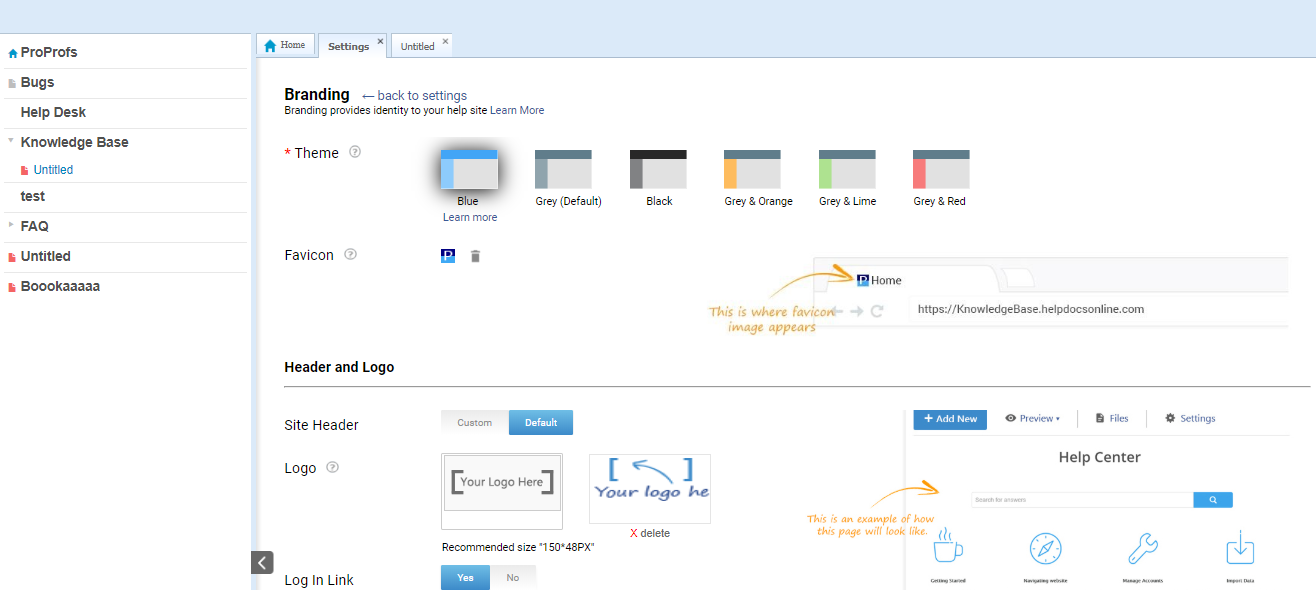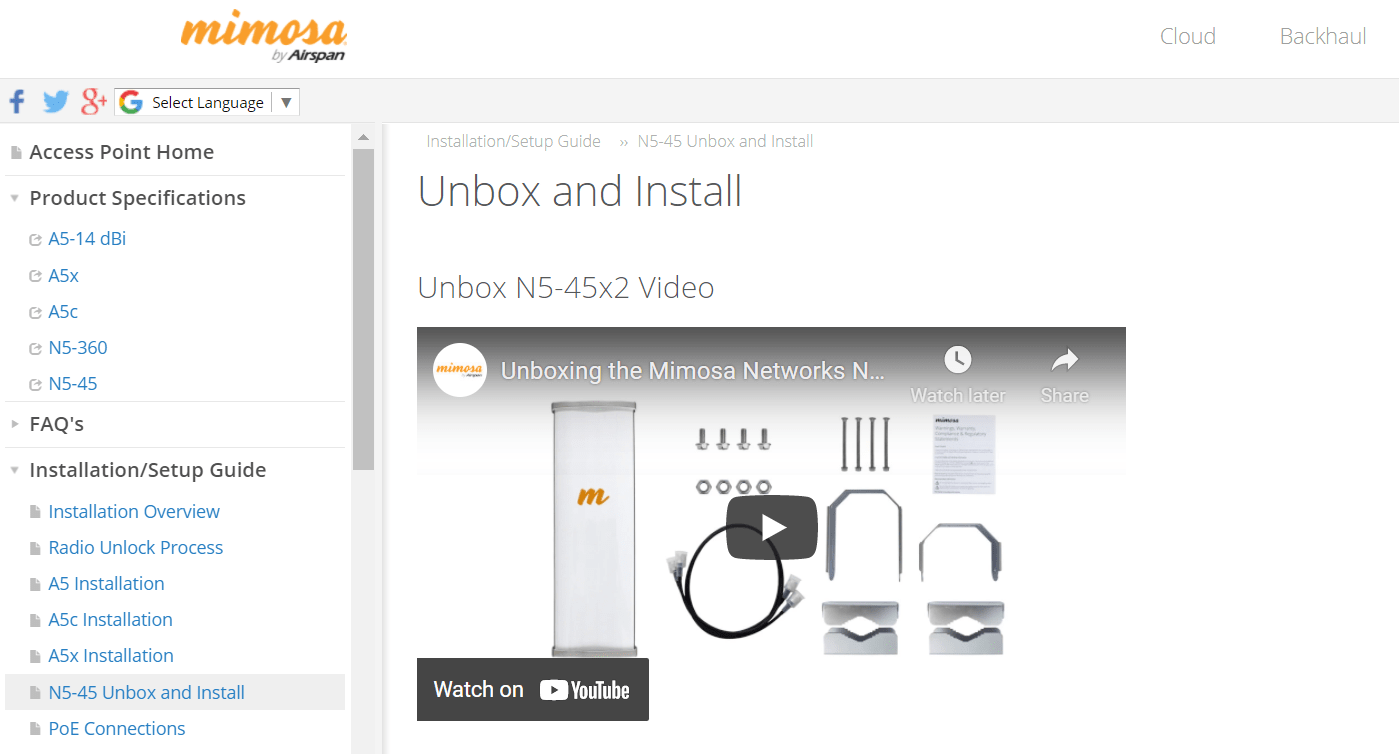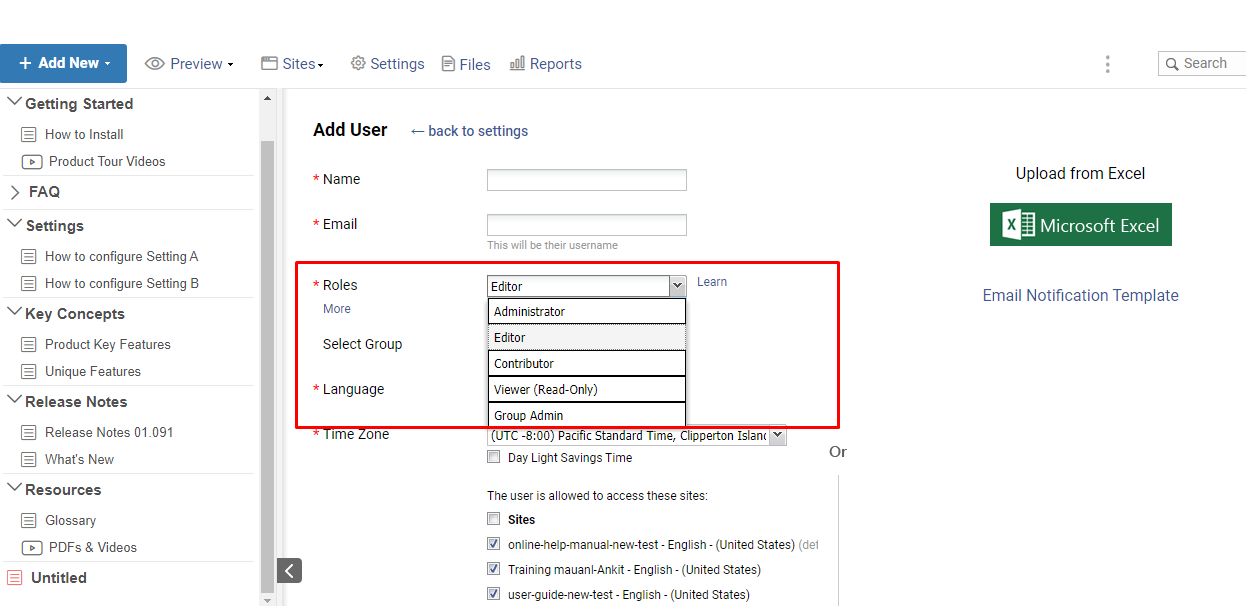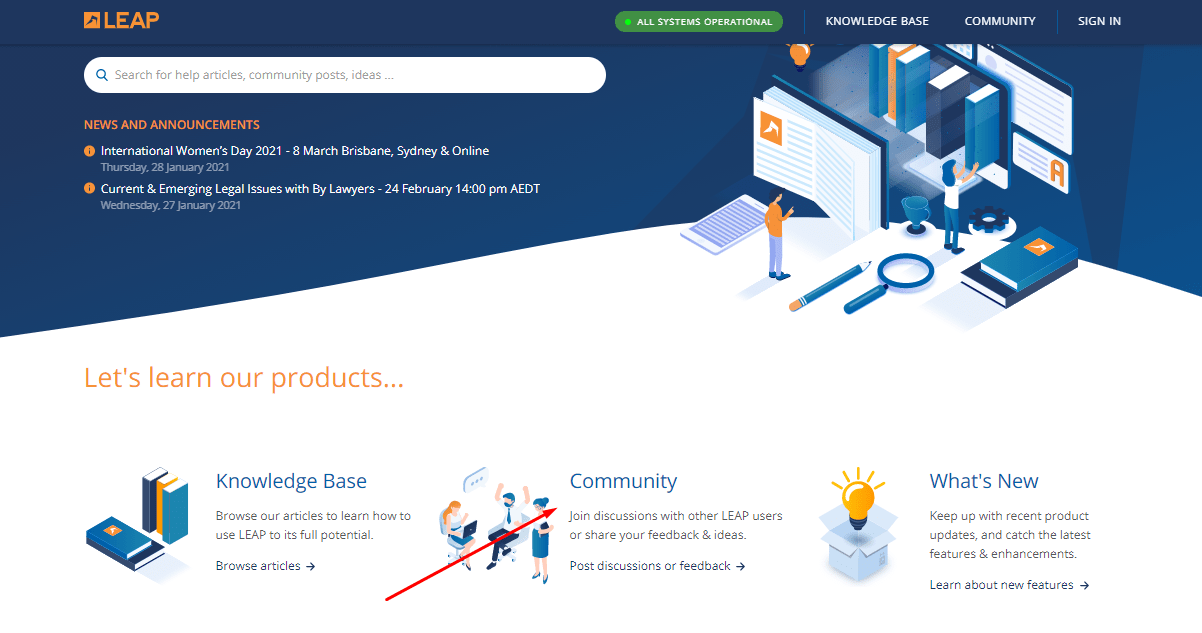
In this hyper-connected era, a Tsunami of knowledge is being generated and shared by organizations.
If estimates are to be believed, a mind-boggling 59 zettabytes of data was generated in the year 2020 alone.
But the bitter truth is that knowledge alone cannot work its magic.
Knowledge should be tied to action to deliver real value in the form of cutting-edge innovations and streamlined internal processes.
It should flow freely across departments, enabling your employees to make intelligent decisions that fuel your business growth. Remember, knowledge is powerful only when your employees can make the most of it.
As technologies advance and ways of working change, knowledge management should also be redefined to achieve maximum benefits.
Here are 15 hot knowledge management trends to help you keep up with the changes.
Leading Knowledge Management Trends for 2024
As we all know, knowledge management is a discipline that involves capturing, structuring, storing, and disseminating information within organizations. Documents, user manuals, guides, and even your employees’ minds are key sources of critical information that can work wonders for your organization.
For this knowledge to be harnessed well, it should be managed well, considering the emerging technologies and shifts in employee expectations.
Here is a list of some of the notable knowledge management trends that you cannot miss out on.
Cloud Continues to Rule
When it comes to knowledge management, you have two choices – on-premise and cloud-based, more commonly known as SaaS.
With on-premise, you have to bear the cost and the headache of managing and maintaining your system. You need in-house hardware, software, integration capabilities, and much more in the case of an on-premise solution.
On the contrary, cloud hosting saves you from all these troubles. It is a great option that is currently preferred by large and small companies. This system is incredibly flexible, secure, and budget-friendly.
To make the most of a SaaS knowledge management system, you need two things – an internet connection and a device (laptop, mobile phone, or desktop), and the rest takes care of itself.
There are no exorbitant costs, hidden fees, or month-end surprises involved. Modern cloud-based knowledge management systems are based on a subscription model where you just pay for the services you opt for.
Another key driver of this knowledge management trend is the rising need for instant gratification. Cloud-based systems give you the power to make information instantly accessible 24×7, whether it is 3 in the morning or eight at night.
Read More: 8 Easy Tips to Make The Best of a Cloud-Based Knowledge Base
Friendly User Interface for Effortless Navigation
A user-friendly interface that offers hassle-free navigation is one of the major knowledge management trends. Gone is the time when software used to come with confusing interfaces, and users had no choice but to use them.
Today, with a plethora of options available, each trying to deliver a superior experience to the other, the user interface can give you the much-needed edge. The more flexible, clean, and customizable an interface, the better the end-user experience will be.
A good user interface facilitates a smooth interaction between the user and the knowledge management system. It is not just aesthetically pleasing but also responsive, uncluttered, and easy to navigate.
So, if you want to give employees a captivating navigation experience, focusing on the user interface of your knowledge management system is essential.
Social Media Elements for Higher Engagement
There is a reason why people love using social media. It keeps them connected and informed just with a few clicks and swipes.
The current knowledge management trends focus on specific social media elements such as – likes, comments, votes, and sharing. That’s large because of the changing communication and work styles of organizations.
Siloed working doesn’t exist anymore. It’s the era of knowledge sharing and collaboration. And what better way to achieve this than with a knowledge management system that comprises social media elements.
Features like activity streams, votes, likes, comments and instant sharing facilitate the culture of ‘collaboration with a click’. They give your employees a shared space where they can talk, work, and collaborate effortlessly.
Modern knowledge base software gets your employees talking and working together. They not just showcase your company’s projects and authored content but also the personal interests and achievements of employees. The aim here is to build meaningful relationships that help employees grow together.
Information Mobility
Did you know that we have already spent a staggering amount of time – 1.6 Trillion hours, on mobile phones so far?
Sounds astonishing?
Mobile technology is here to stay for a long, long time. One major reason behind this is the heightened convenience and accessibility it provides.
How can the stream of knowledge management be untouched by this super powerful technology!
This brings us to our next crucial knowledge management trend. Whether it’s your employees or customers, both prefer to have 24×7 quick access to knowledge.
Today, most of the knowledge management systems are compatible with mobile phones, making information available in a flash, whether your employees are in the office or working remotely, or traveling. This information mobility promises higher productivity, better decision-making, and borderless collaboration.
100% Customization
To offer feel-good experiences to employees, a knowledge management system must literally feel familiar to read and browse.
A lot of information can overwhelm readers, but the way it is presented can make all the difference between good and poor employee experience. Modern knowledge management tools offer complete, 100% customization wherein you can change every inch of your knowledge base.
Right from the layout and structure to colors, themes, fonts, and background images, customization features empower you to tailor the look and feel of your knowledge base and make it your own.

Organizations today are focusing equally on customization as much as content quality. That’s because no matter how valuable your content is, it won’t make the right impact if the design and presentation are not appealing enough.
AI-Powered Search for Quick Content Discovery
What good is your business knowledge if employees can’t find it right when they need it? A knowledge management system amounts to nothing if it doesn’t have a powerful search engine.
That’s why AI-powered search that works at the speed of light is a prominent knowledge management trend for this year and all coming years.
Today’s knowledge management systems are slowly becoming easier to navigate, search, and use. It requires little to no effort to retrieve relevant information. All one has to do is enter a keyword, question, or statement related to the topic in the search bar. The AI-backed search system decodes the search term’s context and crawls through the content to deliver intelligent suggestions almost immediately.
Unlike a normal search system, AI-supported search produces the most relevant results after analyzing the user’s search history and the context of the query.
Adopt this knowledge management trend, and you will see immense value being created for your employees.
Read More: Knowledge Management Software & Tools for 2024
Support That Never Sleeps
Customers are the primary source of revenue for any kind of business. That makes customer support an important area that cannot be ignored at any cost.
Besides knowledge sharing and collaboration, a state-of-the-art knowledge management system can even help in customer support. Seeing this possibility, businesses today are employing knowledge management systems for both internal and external use.
This means your support agents can use the KMS to gain access to critical business information. This knowledge can then be used to address customer concerns and educate customers about your offerings, purchase or subscription process, policies, and much more.
So, instead of logging in to a different system, support staff can use the KMS to access your customer support help site and resolve tickets as and when they arise.
A KMS provides endless possibilities. The current knowledge management trends are focused on tapping into these possibilities for business success.
Media-Rich Content for Higher Engagement
Traditional knowledge management systems consisted of lengthy documents and guides. Such text-heavy documents made employees bury their heads in the sand and find every opportunity to not use such a system.
The reason is simple. Finding anything is a laborious process in the traditional KMS, as employees have to scramble through loads of data to reach the right article.
That’s a thing of the past.
Today’s knowledge management trends are in line with what employees want – a seamless and engaging knowledge-seeking experience. More focus is now given to content that is a rich mixture of text, images, and videos.
Text, when supported by media, is easier to grasp, and when presented in a beautiful way, it is a breeze to navigate. A knowledge management system doesn’t have to be boring and bland. It should be full of life, brimming with meaningful content and relevant media.
Here is an example of Mimosa’s knowledge management system that makes excellent use of images and videos.

Real-Time Notifications to Keep Employees Updated
Emails have been the primary source of communication for quite some time now. But, let’s admit it – it’s easy to get lost in a cluttered inbox, and it’s even easier to lose track of emails.
It’s time to bid adieu to emails and welcome a quicker and more efficient form of communication – Notifications.
This new knowledge management idea is slowly gaining traction from businesses, mainly because of its relevance in today’s always-connected, on-the-go work environment.
Every member having access to your KMS will get instant notifications regarding article updates, new sections created policy changes, and much more.
There cannot be a better way than this to keep your employees updated and informed at all times.
Pragmatic Analytics for Impeccable Experiences
Analytics is known for giving a glimpse of what’s happening ‘behind the scenes.
From the front, you might feel that things are going smoothly. It’s only when you get an inside view that you realize the existing gaps and inefficiencies.
That’s precisely why leveraging analytics for creating exceptional experiences is a major knowledge management trend.
Companies today know the tremendous power of data and analytics. Analytics helps you understand your KMS and related employee experiences in ways you cannot even imagine. Right from what your employees frequently search for to the path they take through your knowledge base, analytics decode every little activity.
Not just this, analytics gives actionable insights into how many employees access your knowledge base, the language they speak and the country they live in, the bounce rate on specific pages, and much more.
This goldmine of data can be used to make data-centric, strategic decisions for improving the performance of a KMS. You can add value to existing content and add new articles on topics frequently searched by employees.
Powerful Collaboration Tools
A knowledge management system is slowly becoming an all-purpose tool, with companies now trying to use it for both knowledge-sharing and collaboration.
One of the major benefits of a knowledge-based management system is that it facilitates company-wide knowledge exchange. Now add it to collaboration capabilities, and you get an awesome all-purpose tool.
You will soon see knowledge management systems features like task management, workspaces, and community forums – everything that drives collaboration among employees.
This means that employees will not have to switch between different tools to get work done. An all-in-one knowledge management tool will meet all the necessary work requirements.
The convergence of knowledge management and collaboration tools will bring your employees under a single umbrella where they can interact and collaborate to produce amazing results.
Read More: Effective Tips to Cultivate a Collaborative Work Culture
Flexible Management of User Roles & Permissions
One of the notable features of a knowledge management system is its ability to streamline user management and define each member’s roles and responsibilities.
That being said, it doesn’t mean that anyone can make any changes in your company’s internal knowledge base.
You want a culture where employees can contribute their knowledge, share suggestions, and receive feedback, but with some level of governance.
Flexible user management with you having complete control of what each user is responsible for is one of the most notable knowledge management trends for the future.
Employees will be able to work collectively towards your intranet. They will contribute their subject matter knowledge to relevant sections, vet content for any flaws, and take full responsibility for final publishing. As the master administrator, you can oversee every activity happening on your intranet, guide employees when needed and monitor the overall content quality.
Digital Workspaces
A knowledge management system is a social platform where information is shared, organized, and stored securely. As your organization grows, employee strength increases, and departments expand, there can be an information overload in your KMS.
The intranet environment can turn complicated if every department doesn’t have its own private space to manage knowledge and tasks. It can also jeopardize team productivity and performance.
A digital workspace is a new idea in knowledge management that keeps your intranet segmented and organized for easy reference. If implemented, it can streamline the way knowledge is managed and shared across departments.
Digital workspaces offer a simple way for all your departments and teams to fully focus on their own work and at the same time collaborate with other employees. The workspaces are separate from each other, but they all exist under the same roof – your company’s intranet.
Create as many workspaces as you need and give your departments a private yet collaborative platform to work.
Discussion Forums
A knowledge management system is incomplete without a discussion forum. Simply coming to the KMS, sharing and retrieving information from the articles written is old school.
Modern knowledge management solutions are equipped with a full-fledged discussion forum where employees can ask questions and get a response within seconds.
A major benefit of this knowledge management trend is that the resolved questions stay in the KMS for other employees to refer to it in case they have similar questions. The resolved question directory keeps growing as your employees ask questions and get answers.
Look at how LEAP has incorporated a discussion forum in its KMS.
Knowledge Bots For Prompt Access to Information
The ultimate goal of a knowledge management system is to make knowledge-gathering a seamless, uninterrupted process. Knowledge bots help you achieve just that.
Knowledge bots deliver relevant answers at the speed of light through chat or voice mediums. Employees can ask anything they need, for example – “Can you share the latest marketing report?” or “What is the email ID of Edward Thomas – the newest member of our team?”.
Knowledge bots act as personal assistants giving employees everything they need at a moment’s notice.
Thanks to the speed, accuracy, and seamlessness knowledge bots offer, this is definitely one of the major knowledge management trends of 2021.
Tap Into the Top Knowledge Management Trends
Knowledge management has successfully evolved from a back-office activity revolving only around documentation to a super-powerful, AI-supported platform that helps you create, understand, and put knowledge into action. With more and more organizations realizing the tremendous potential of a KMS, the future of knowledge management looks bright.
To make the most of this modern knowledge management system, it’s crucial to keep pace with technological developments and embrace current knowledge management trends for never-before-seen outcomes.
Some of the top trends that you clearly cannot miss out on are – discussion forums, knowledge bots, AI and analytics, digital workspaces, flexible user management, and many more that are discussed above.
Follow these trends to become well-positioned to leverage your business knowledge in ways that deliver tangible results.
FREE. All Features. FOREVER!
Try our Forever FREE account with all premium features!







